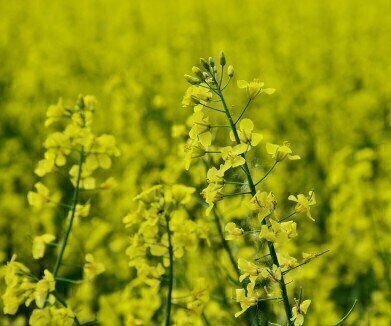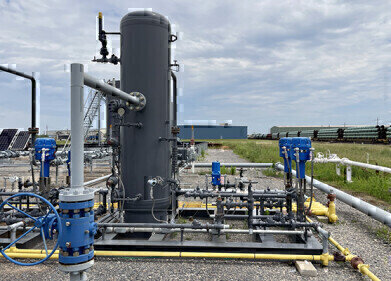Air Clean Up
Is More CO2 Better for Plants?
May 04 2018
It’s a fact we’re all familiar with before we’ve even reached our teenage years: humans exhale CO2 and plants absorb it, returning oxygen to the environment in the process for us to inhale. Logically, it should follow that more CO2 could only be a beneficial thing for the growth of plants, and all previous scientific studies have borne this theory out.
However, a new paper published in the journal Science shows just the opposite. A field experiment that has spanned two decades in Minnesota in the USA showed predictable results for the first 12 years of its course – but has reversed the trend for the last eight, leading scientists to question how much we really know about how an excess of carbon affects plant life.
Different CO2 responses
The vast majority of plant species (97%, to be exact) use a form of photosynthesis called C3, so named for the three carbon molecules it creates. However, the remaining 3% - almost all of which are grasses – use another method known as C4, which is more efficient and as such uses less CO2 to achieve its desired results.
With that in mind, the scientific community has always held that in atmospheres with elevated levels of CO2, C3 plants will prosper as they will consume more of the gas and thus grow more quickly. C4 plants, on the other hand, remain largely unaffected. Until now, lab work and scientific experiments have always supported such a hypothesis.
Game-changing study
For the last two decades, researchers at the Cedar Creek Ecosystem Science Reserve in Minnesota have monitored 88 plots of plants – some C3, some C4. Half of those have been exposed to heightened levels of CO2, and for the first 12 years of the study, the C3 plants grew 20% more quickly and C4 plants showed no differences.
However, for the last eight years, the situation has reversed. The C3 plants slowed down their rate significantly, growing 2% more slowly than those placed in ambient air conditions, while C4 plants sped up by 24%. The results are particularly noteworthy as they indicate that in the future, plants might not have to contend only with systemic pesticides as a threat to biodiversity, but increased levels of CO2, as well.
All in the soil
The researchers behind the study believe that this reversal in fortunes may be down to the soil itself. For both types of plant to benefit from CO2, there must be sufficient nitrogen in the soil in which they grow, regardless of how much CO2 is in the air. Therefore the team believe that the nutrients in the soil – and specifically the nitrogen content – may have been affected by decomposing plant matter in the sample plots, which had an effect on the microbes that process nitrogen.
The implications could be far-reaching. At present, grasslands make up around a third of the Earth’s land surface area, so the ways in which they react to excess CO2 could be very important for levels of carbon in the atmosphere and for the development of agricultural crops, too. Just as scientists are investigating the bioremediation of contaminated soil, they may also need to figure out how to replenish levels of nitrogen down there to ensure plants can operate at maximum capacity when absorbing CO2.
Events
Apr 22 2024 Hannover, Germany
Apr 23 2024 Kuala Lumpur, Malaysia
Apr 24 2024 Sao Paulo, Brasil
May 05 2024 Seville, Spain
May 13 2024 Munich, Germany














